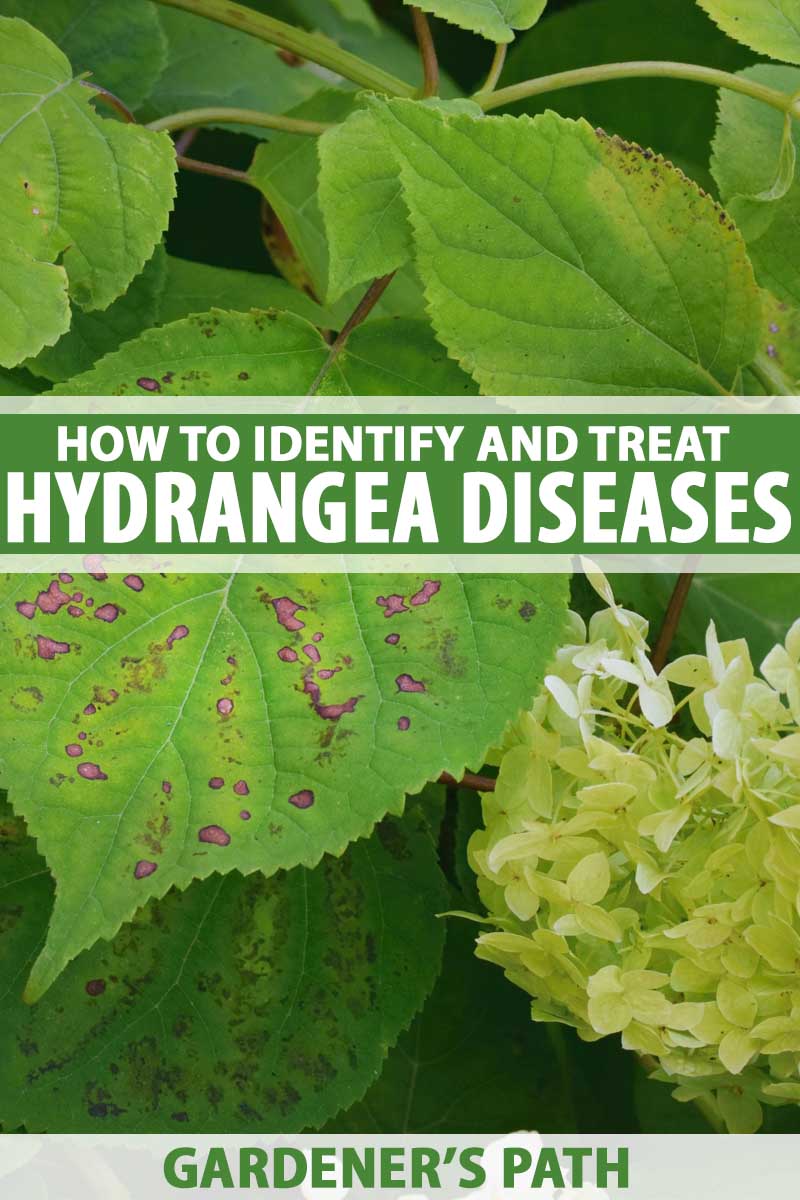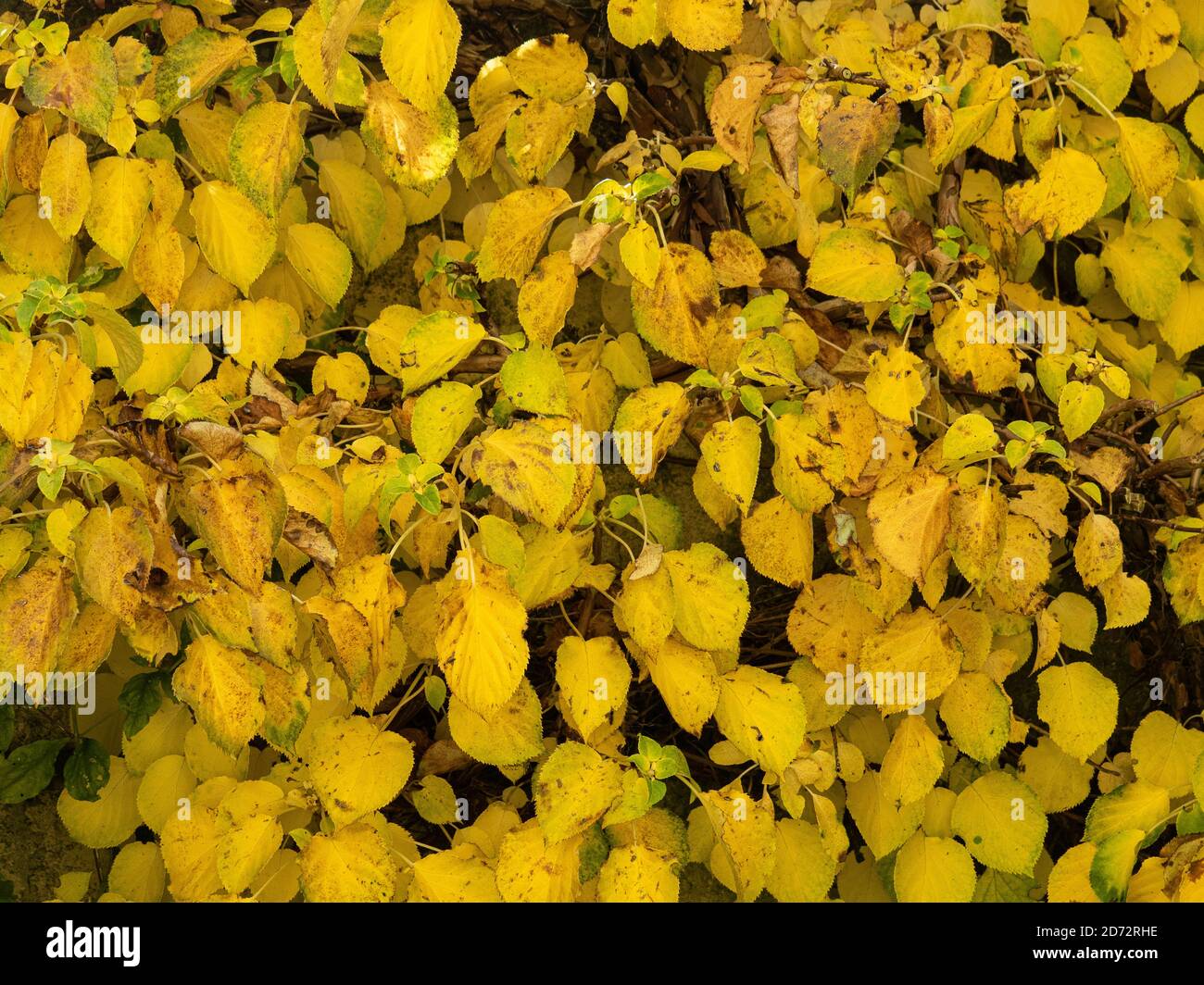6 Easy Facts About Hydrangea Leaves Turning Yellow Described
Wiki Article
The Ultimate Guide To Hydrangea Leaves Turning Yellow
Table of ContentsHow Hydrangea Leaves Turning Yellow can Save You Time, Stress, and Money.The Buzz on Hydrangea Leaves Turning YellowThe Definitive Guide to Hydrangea Leaves Turning YellowHydrangea Leaves Turning Yellow Fundamentals ExplainedThe Ultimate Guide To Hydrangea Leaves Turning YellowHydrangea Leaves Turning Yellow Fundamentals Explained
Huge leaves usually look saggy throughout the afternoon warm. When they fail to perk up in the evening or still look wilted in the morning, your plant can be overwatered.Get rid of the plant from the soil and prune out any type of roots that aren't white and turgid (plump). Don't try to fix the trouble by sprinkling exceedingly.

A Biased View of Hydrangea Leaves Turning Yellow
First appears on the older fallen leaves, but the leaf capillaries remain environment-friendly. While there is normally sufficient iron in natural dirt, hydrangeas often struggle to take in enough of it.The most effective method to stop iron deficiency-chlorosis in hydrangeas is to plant them in appropriate ericaceous or acidic soil. When planting in a bed, mix in some peat or reduced-peat ericaceous compost and examine the p, H value once a year. This is essential due to the fact that the compost combination around the plants will affect the p, H value of the dirt in the long run and the p, H worth may increase again.

What Does Hydrangea Leaves Turning Yellow Do?
September is the most effective season to do something concerning those hydrangeas. Their fallen leaves are transforming yellow, the flowers have actually faded, and their gangly appearance is making you insane. Starting with the existing flowers, currently is the moment to reduce them for dried setups. If you reduced the giant blossoms earlier in the season, they will wilt.Mophead, Lacecap and Oakleaf hydrangeas bloom on old wood. Do not prune Mophead, Lacecaps and Oakleaf hydrangeas to the ground, as you will get rid of the stems that are prepared to grow following spring.
That way you won't be getting rid of as well several of next year's flower buds. If the hedge is obtaining bigger than you like, you can take out a third of the online wood while you're in there.
Hydrangea Leaves Turning Yellow Things To Know Before You Get This
We're ideal in the center of our late-blooming hydrangea season right here, so I thought I would certainly share a pointer for this specific type of hydrangea that I located actually intriguing. A great deal of people have a comparable problem with their panicle hydrangeas where they start to see the fallen leaves turning yellow and handing over at various components of the period and it can be quite remarkable and quite concerning due to the fact that it can happen actually rapidly on a bush that feels like it's or else really healthy and balanced.I have actually shared it on Instagram prior to, yet I understood I have actually never ever informed you regarding this in a genuine, complete post, so today I'm caring for that. When I claim that this relates to this contact form panicle hydrangeas, that suggests the kind of hydrangeas that typically bloom later on in summer, usually around August.
Where we reside in zone 6, they're rather very easy to have success with and they're actually popular in our area, which is excellent since that means that there are hydrangeas almost all over right now of year. When you see your hydrangea leaves beginning to turn yellow, you could think that your plant is dying or being abused in some way, however actually, the reverse holds true.
Some Known Incorrect Statements About Hydrangea Leaves Turning Yellow

Courtenay is the author of the book The Cleaning Ninja and has been featured in many magazines including Country Sampler Farmhouse Design, Better Residences and Gardens, Parents Magazine, Real Simple, and Our Homes.
Waterlogged soil denies the origins of oxygen, leading to root rot and yellow leaves. On the various other hand, underwatering or dehydration triggers the plant to shrivel link and its foliage to yellow. Preserving a constant watering routine and ensuring appropriate drainage with drainage openings or layers can help prevent these concerns.
Hydrangea Leaves Turning Yellow Fundamentals Explained
With appropriate care and upkeep, hydrangeas can flourish and retain their vivid, colorful leaves. Hydrangea leaves transforming yellow is an usual issue that can be connected to different elements (Hydrangea Leaves Turning Yellow).The type of yellowing seen (e. g. the placement of the affected leaves on the plant, and/or the pattern and position of the yellowing on the fallen leave itself) will usually vary according to the cause. As soon as once more it is often feasible to find the perpetrator on the fallen leaves or amongst the roots.
Report this wiki page